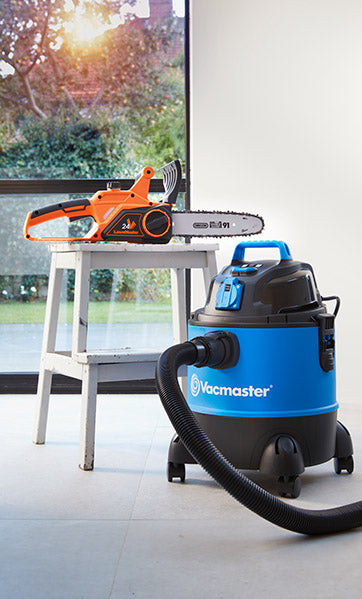-
Free Next Day Delivery
-
Buy Direct from the Makers
-
UK Customer Support
How to clean and dry your home after a storm, leak or flood
3 Min Read
- Tips
Share

When your house floods, the water can damage your floors, belongings and even the structure of your home. Below are our top tips for cleaning up and drying your home after a major leak or flood.
Note: Before starting the clean-up process, make sure that it is safe to do so as structural damage is not always visible. Take photos and videos throughout the clean-up process for insurance records. Always wear protective clothing, a face mask and sensible footwear when cleaning up after a flood.
1. Act quickly
If you start the clean-up process quickly, you can limit the damage the water has caused. As soon as it’s safe to do so and the water levels are below the level of your home, begin assessing the damage.
Before starting, remove electronics, furniture and other movable items to a dry area (outside or the driest area available). Open all of your windows and doors to allow air into the house.
If the damage is severe, carpet removal may be required. In most cases of flooding, the underlay will need to be removed and replaced as it is much more difficult to restore. Underlay acts as a sponge and retains water, and even if the carpet is restored, the damp underlay is likely to grow fungi such as mould and mildew.
2. Remove water
If you don’t have access to power, then the old-fashioned approach will have to do. Use a bucket to manually collect and dispose of water, and a mop to remove the excess as much as possible.
A wet and dry vacuum cleaner will save you a lot of time and effort, and will extract more flood water than a mop and bucket. For high-volume water removal, look for a heavy duty model with a drainage system, such as the Vacmaster WD L50 or for domestic water removal, look for one that has a smaller capacity but still has a drainage port, such as the Vacmaster Power 30.

3. Initial clean
If you have access to power, vacuum up remaining wet debris (be sure to use a vacuum that is designed to collect wet rubble and debris). If there is no power to your property, sweep away debris.
It’s important to disinfect surfaces contaminated by flood water. This includes enclosed spaces such as fitted wardrobes, kitchen cupboards and spaces under floorboards. This can be done using hot water, a brush and your choice of household disinfectant.
4. Drying the building
This is a process that can take weeks, months or even longer without taking action. If your central heating system has been checked and confirmed safe to use by an engineer, then set the temperature to 20-22 degrees centigrade to help the process along.
To speed up the process, use a dehumidifier or air mover to dry your home. Increasing ambient air flow is proven to be more effective than heat alone at reducing drying times. An air mover offers an effective and economical alternative to using heaters to dry large areas fast, including wet carpets, plaster, concrete or paint. When doing this, keep doors and windows open during the day, but remember to close them when you leave if you’re running them overnight.
5. Assess redecoration and repairs
In serious cases, you may need to get restoration, redecoration and repair quotes. Water-damaged plasterboard, ceilings and furniture may require professional restoration. Rated People, TrustMark Tradesmen and Trusted Traders are all good sites to use when looking for local tradesmen.
View the full range of Vacmaster wet and dry vacuum cleaners and air movers.
